Simon Hantaï
Bio Exhibitions Works Publications Press
Simon Hantaï is the principal heir to Jackson Pollock’s legacy in the second half of the twentieth century.
Pollock had focused on the surrealist technique of ‘automatism’ as a vehicle for pictorial composition. With the invention of the ‘folding method’ of painting in 1960, Hantaï discovered his own unique and original manner of working with ‘automatism’.
Pollock had stated that the practice of ‘automatism’ opened up access to the unconscious life of the mind. The ‘folding method’ allowed Hantaï to anchor this unconscious life in the material of the canvas. In 1969, after working with the ‘folding method’ for a decade, he made a further extraordinary discovery. He declared: “It was while working on the Studies (1969) that I discovered what my true subject was - the resurgence of the ground beneath my painting”. The canvas ground had become active.
Hantaï's painting reveals the great truth of modern art, as told through the exploration of figuration and abstraction, namely that the figure cannot deny the ground.
The invention of the ‘folding method’ led Hantaï to engage with all the great formal developments of modern art. In first instance, in the Mariale series (1960-62), Hantaï encountered the cubism of Braque and Picasso. In the next great series of the Meuns, Hantaï created abstract figures which enter into dialogue with Picasso’s figure painting across his career, together with the work of Dubuffet, de Kooning, Bacon, Matisse’s cut-outs and Klein. Starting with the Studies and White paintings and developing into the monumental series of Tabula paintings of his later career, Hantaï brought new meaning and life to the great Cezannian and Matissian color and light story of modern art.
For a fuller discussion of the relationship between Jackson Pollock and Simon Hantaï, please refer to The Modern Aesthetic, ed. Paul Rodgers/9W
Read An Introduction to the Folding Method
Simon Hantaï: Visual Parallels in the History of Twentieth Century Art
Biography
1922 Born in Bia, near Budapest on December 7
1942-48 School of Fine Art, Budapest
1948 Moves to Paris with his wife, Zsuzsa Biró
1953 First solo exhibition at the À l’Étoile Scellée gallery, presented by André Breton
1958-59 Completed the two paintings À Galla Placidia and Ecriture Rose
1960-62 The Mariales series: Hantaï painted on canvas, crumpled from edge to edge, the accessible parts with a brush. The canvas was then unfolded and stretched. These paintings were exhibited at the Galerie Kléber in 1962.
1963: Catamurons series: folding only concerns the central part of the work
1964: the Maman ! suite. Maman ! dits : La Saucisse (Mama! called: The Sausage), formed from multiple folding of the same ovoid form, was later to be titled the Panses
1966-68 Moves with his family to Meun, a village near Fontainebleau
1967-1968 Meuns series: the canvas, knotted at the four corners and at its center, is covered with mostly monochrome paint - presented at the Galerie Jean Fournier & Cie in 1968.
1969: Études series dedicated to Pierre Reverdy - monochrome, regularly-folded canvases - exhibited at the Galerie Jean Fournier
1972-1973: Blancs series (1972-1974): from then on, the unpainted surface took precedence over the coloured surface. From then on, Hantaï used acrylic colours a great deal
1973-76 First Tabulas: gridded by regular knots that produced squares (or rectangles) painted in a single colour and separated by whites held in reserve
1976 First retrospective of his work at the Musée national d’art moderne in Paris. Hantaï stopped painting for three and a half years. During the summer, at Meun, Jean-Michel Meurice directed the film Simon Hantaï ou les silences rétiniens
1979 Moved back to Paris
1980-82 Second series of 'Tabulas'. In 1980, he won the National Grand Prize for Visual Arts
1981 Exhibition at Capc de Bordeaux of his Tabulas paintings on a monumental scale
1982 Represented France at the 40th Venice Biennale. Withdrew from the participating in the artworld
1995 The Laissées (Leftovers)
1998 Exhibition Laissées et autres peintures (Leftovers and other paintings) at Espace Renn, his first time exhibiting after his withdrawal from the art world
1999 A group of folded works presented at Münster
2001 On the occasion of the exhibition Les Fables du Lieu in Fresnoy, starting from Tabulas Lilas, Hantaï had digital prints called Suaires created on canvas
2008 Simon Hantaï died at the age of 86 in Paris, France
Exhibitions
Selected Works
Publications
Gallery Writings / Publications
2015 Request from an Art Historian re: Simon Hantai - The White Paintings
2013 Simon Hantaï and the International Scene
2013 Open Letter to the Museum of Modern Art, New York
2010 Exhibition catalogue: Simon Hantaï & Andy Warhol - The Fate of Modern Art in the Post-Second World War Era
2009 Simon Hantaï (1922-2008): Art and the Collapse of Markets
2006 Hantaï in America, by Carter Ratcliff.
1999 Jackson Pollock's Influence on Contemporary Art: Simon Hantaï & Robert Smithson
Press
"Born in Hungary, Mr. Hantaï was a major figure in European art from the 1950s onward. He was known in particular for abstract, often huge canvases that crackled with bold, saturated color punctuated by unfilled areas of pure white.Their singular appearance resulted from a method of folding and tying the canvas before applying paint, a process known as pliage, which Mr. Hantaï developed in the early 1960s."
New York Times, Simon Hantai, Painter of Silences, Dies at 85
by Margalit Fox (Sep 30, 2008)
Simon Hantaï: Canonical at last?
by David Carrier, Two Coats of Paint, Feb 28, 2024
Simon Hantaï, Centre Pompidou
by Molly Warnock. Artforum, Sep 2013 issue
Simon Hantaï's Discontent
by Gwenaël Kerlidou. Hyperallergic, Sep 7, 2013
Simon Hantaï and the International Scene
by Paul Rodgers. Artpress #402, Jul-Aug 2013
Hantai in America
by Carter Ratcliff. Artpress, supp. to #401, Jun 2013
Letter from New York
by Ben Lerner. Lana Turner Journal, Jun 28, 2010
Simon Hantaï, Painter of Silences, Dies at 85
by Margalit Fox. New York Times, Sep 30, 2008
Simon Hantaï (1922-2008)
by Raphael Ruinstein. Art in America, Dec 2008

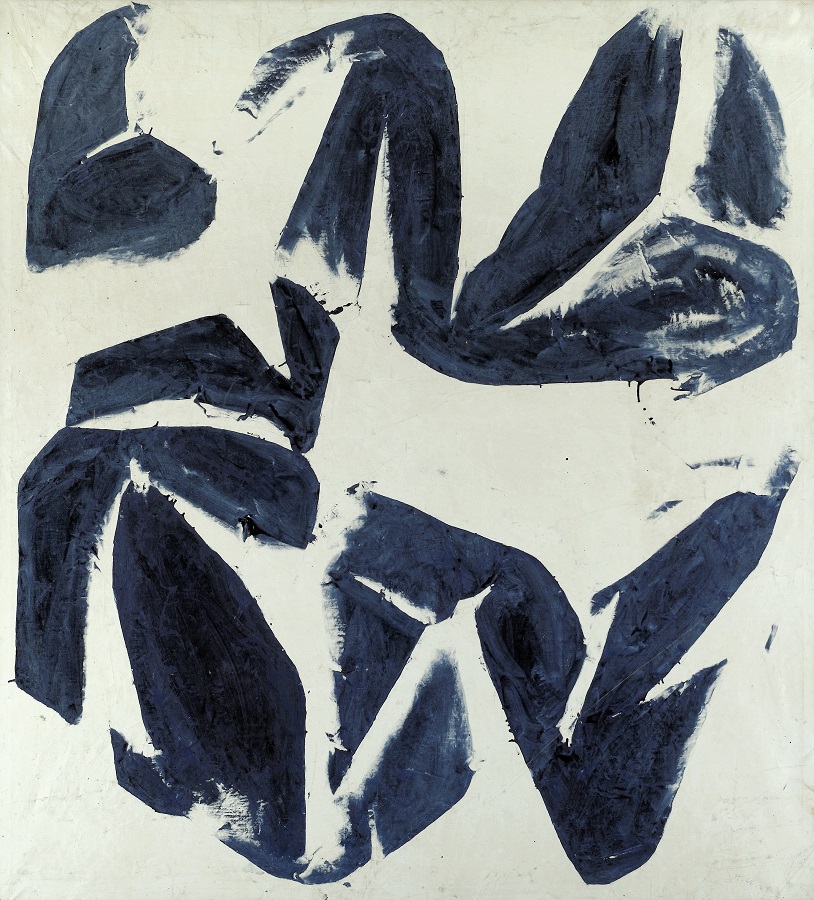





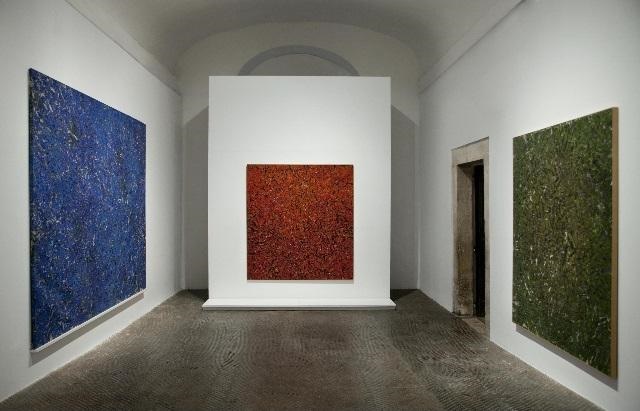
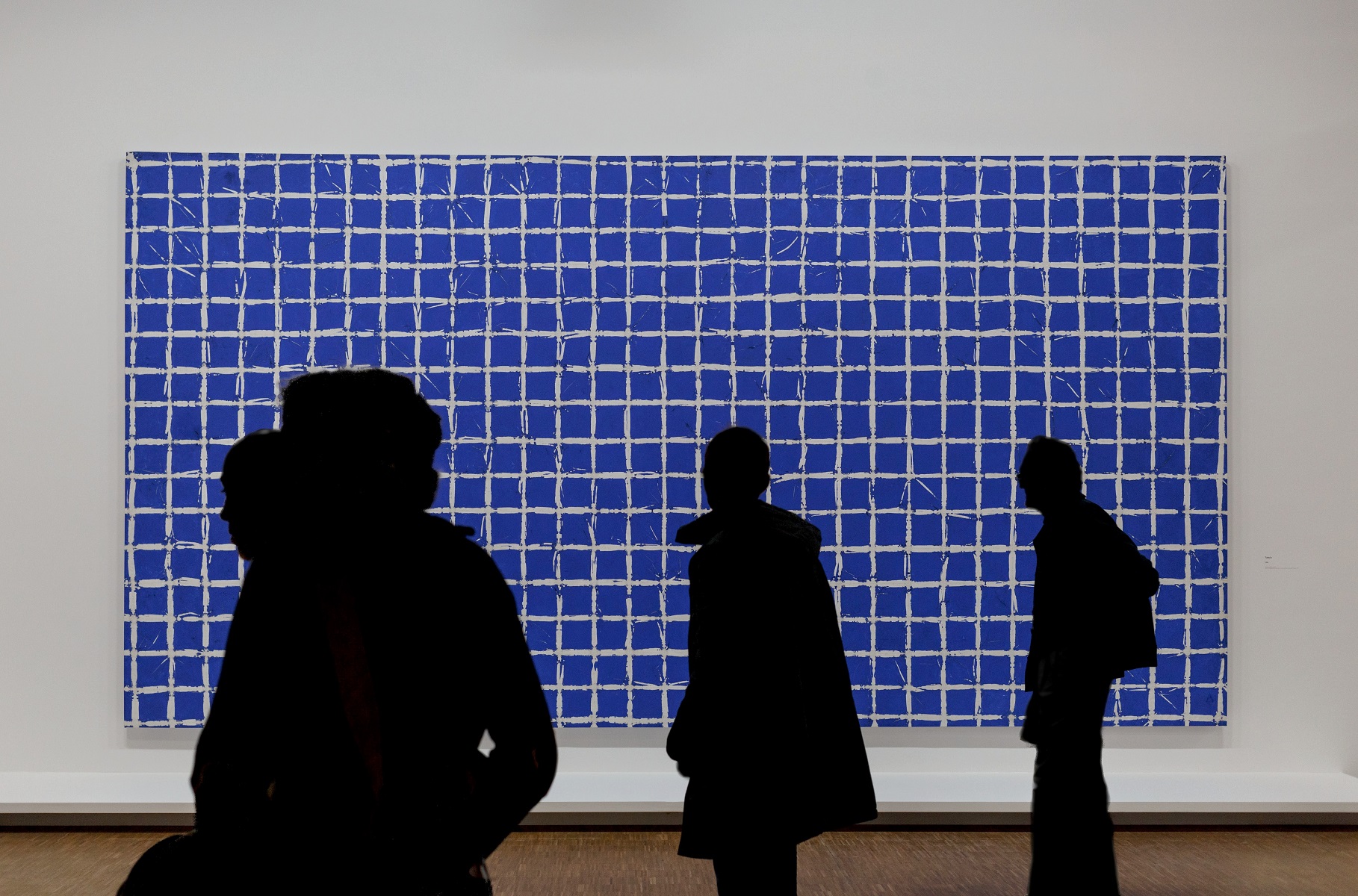
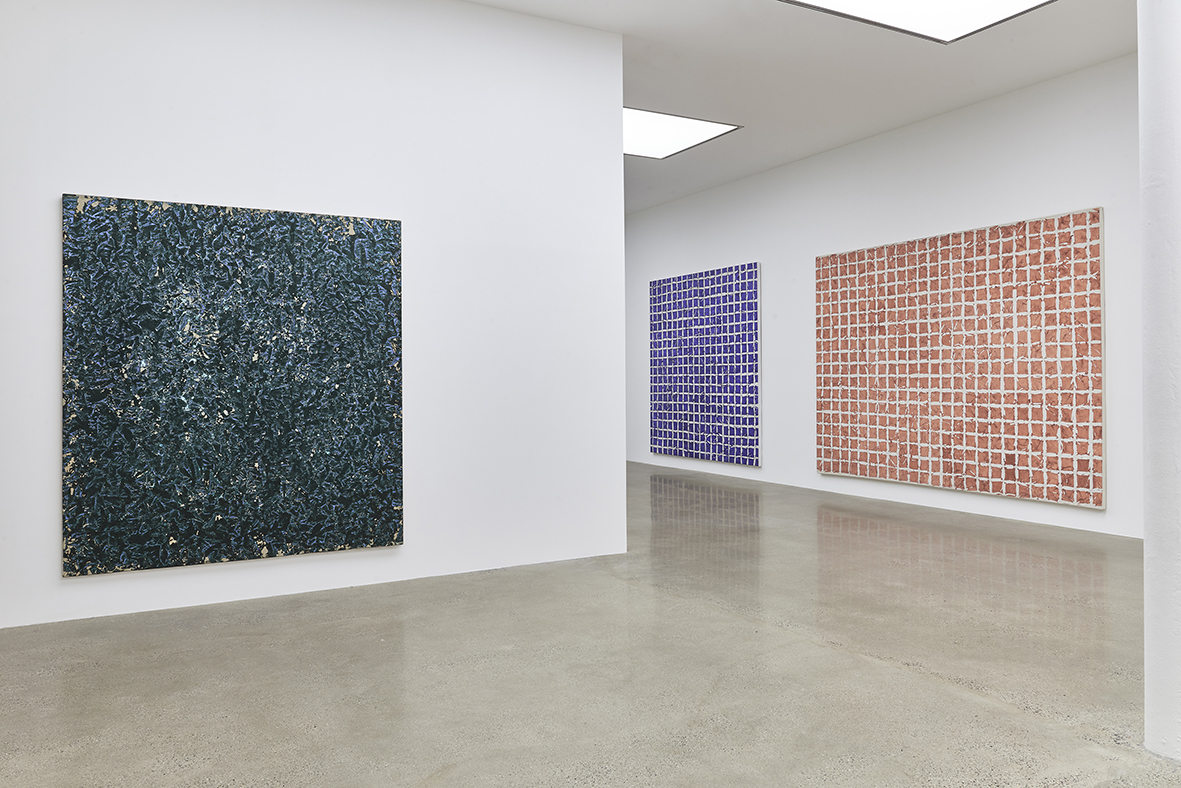
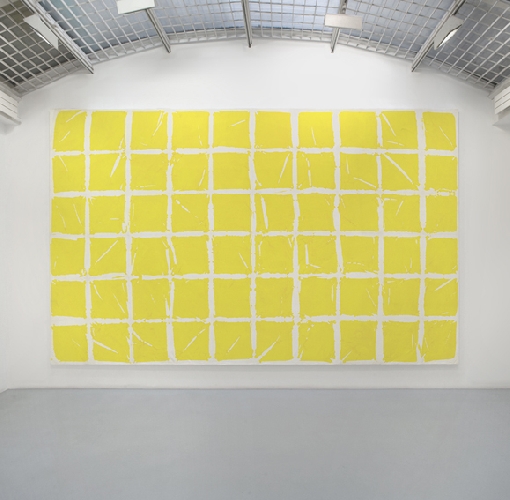
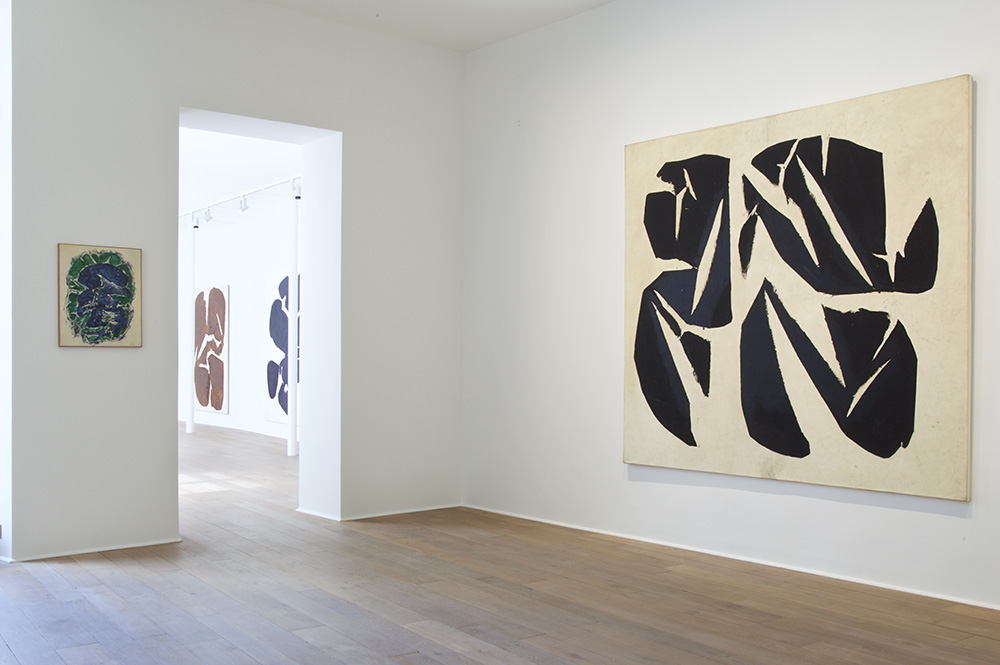
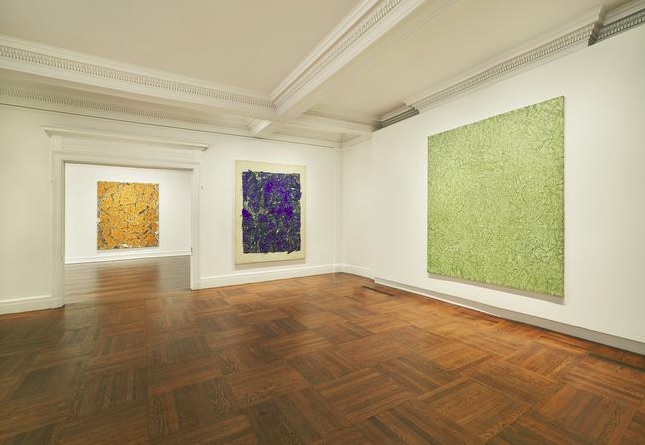
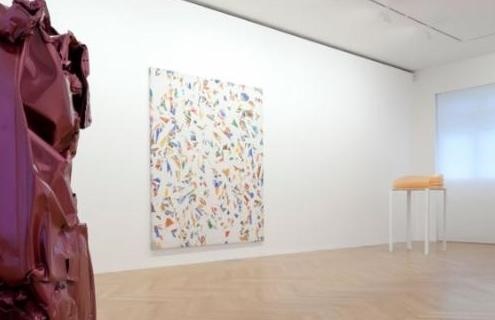

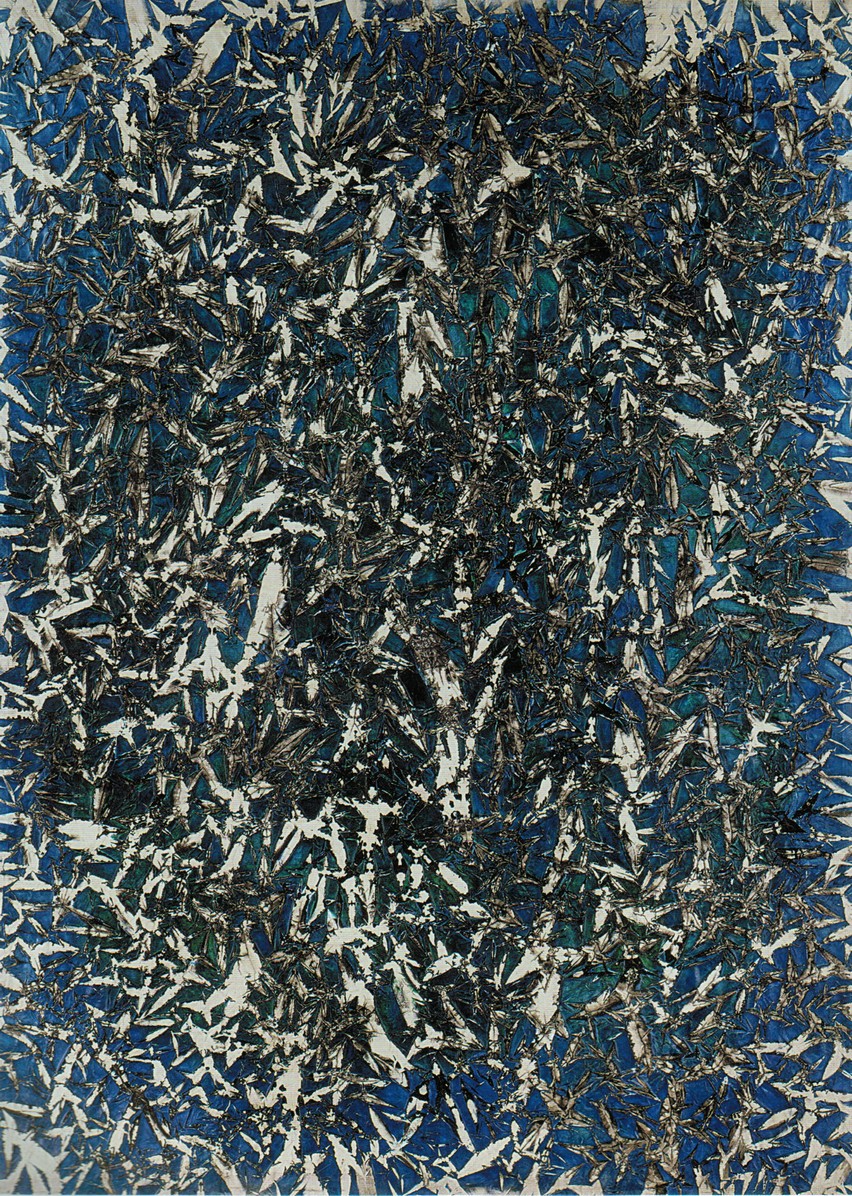
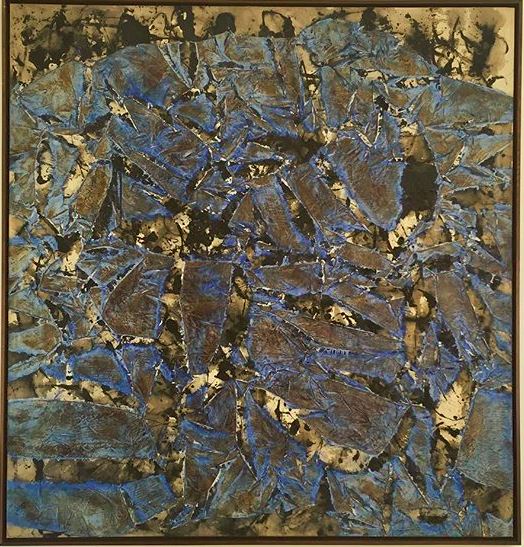
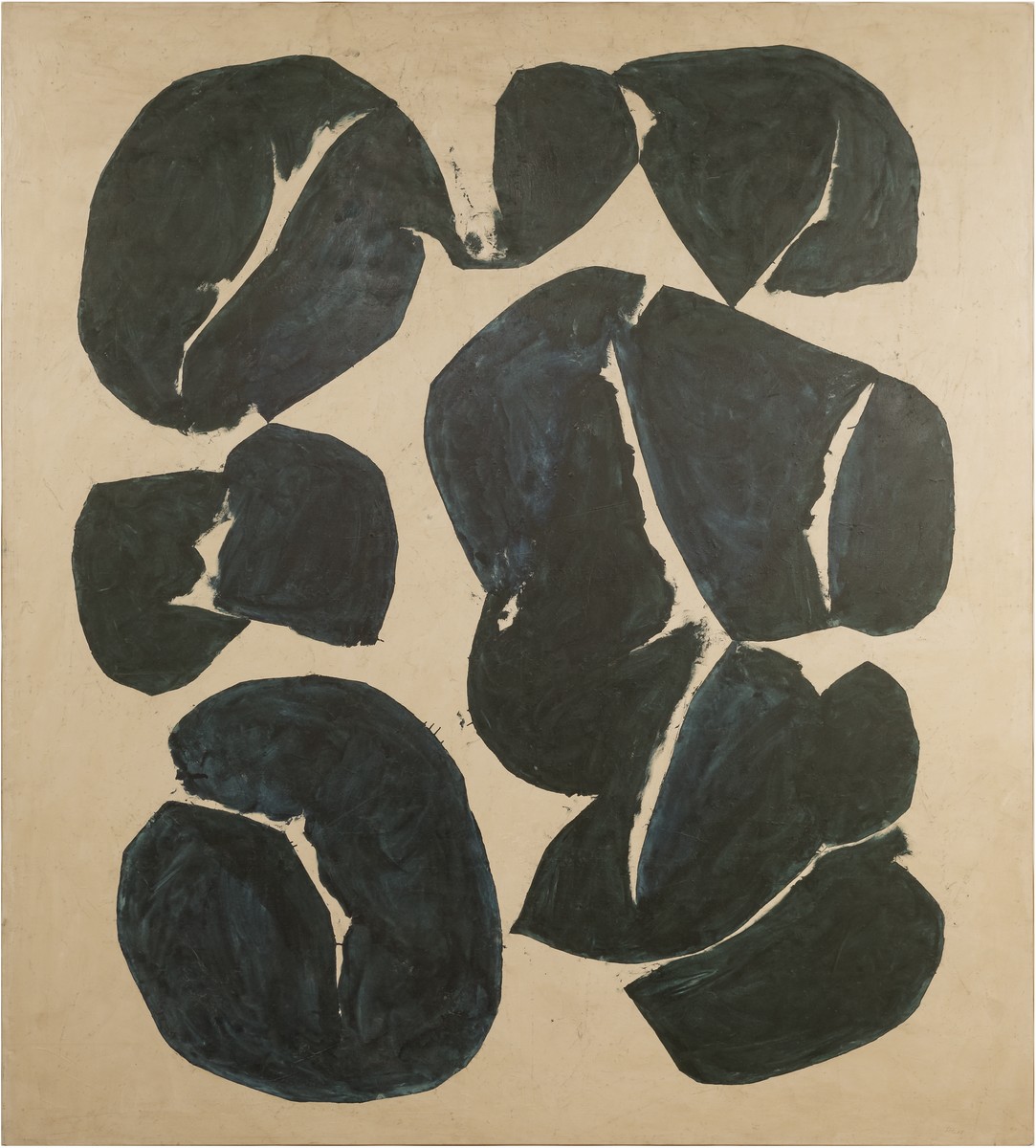

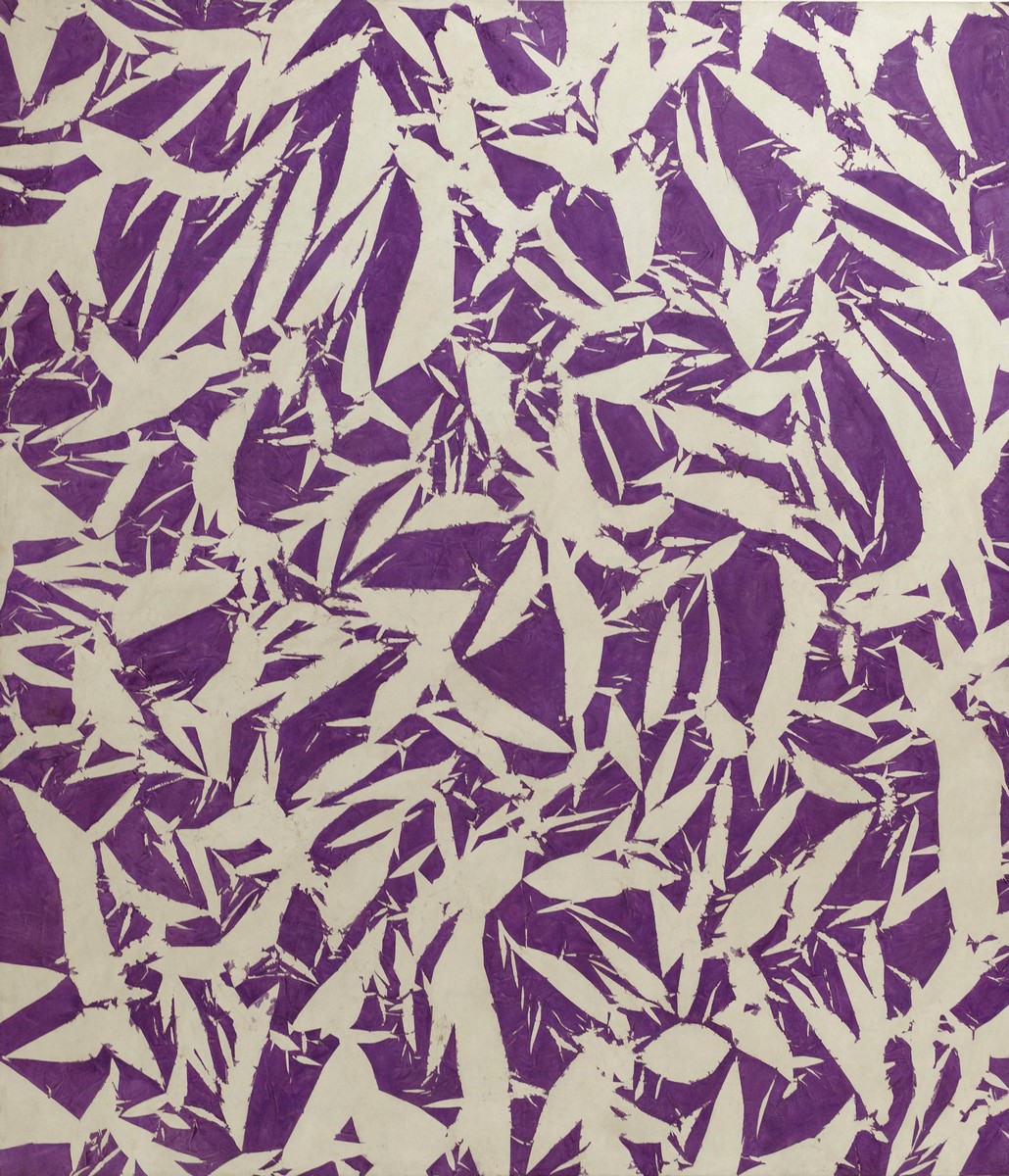
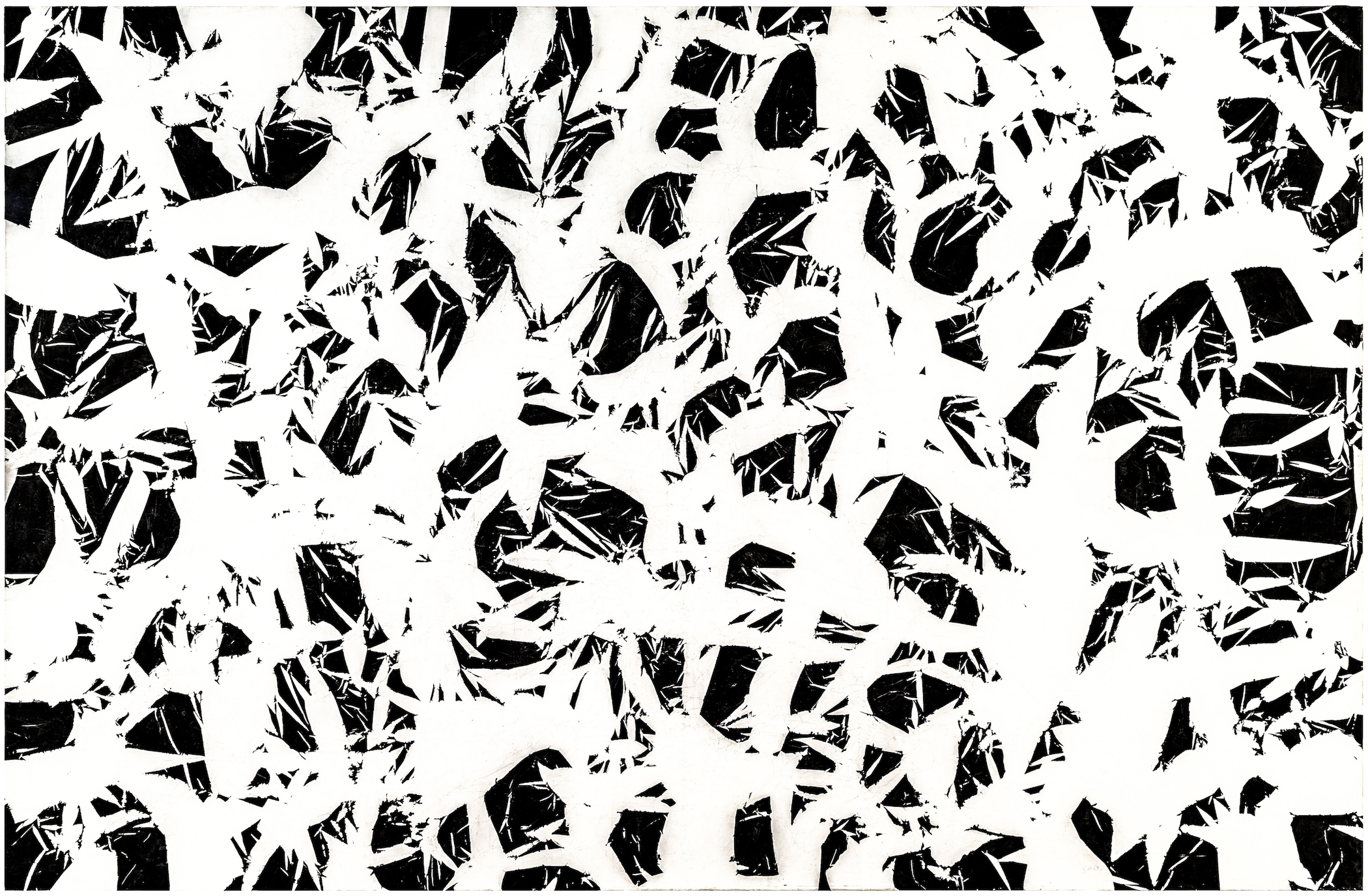
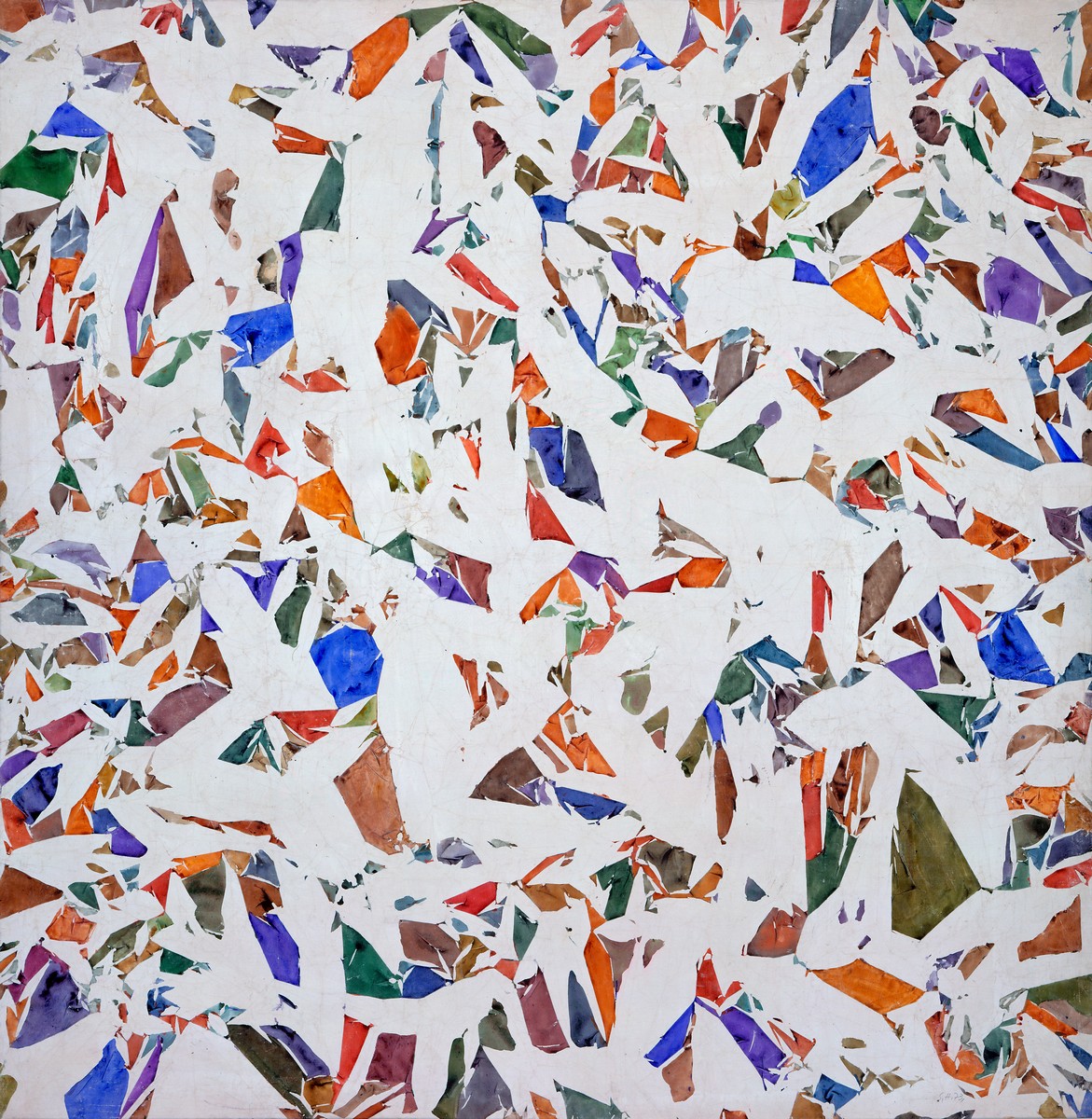
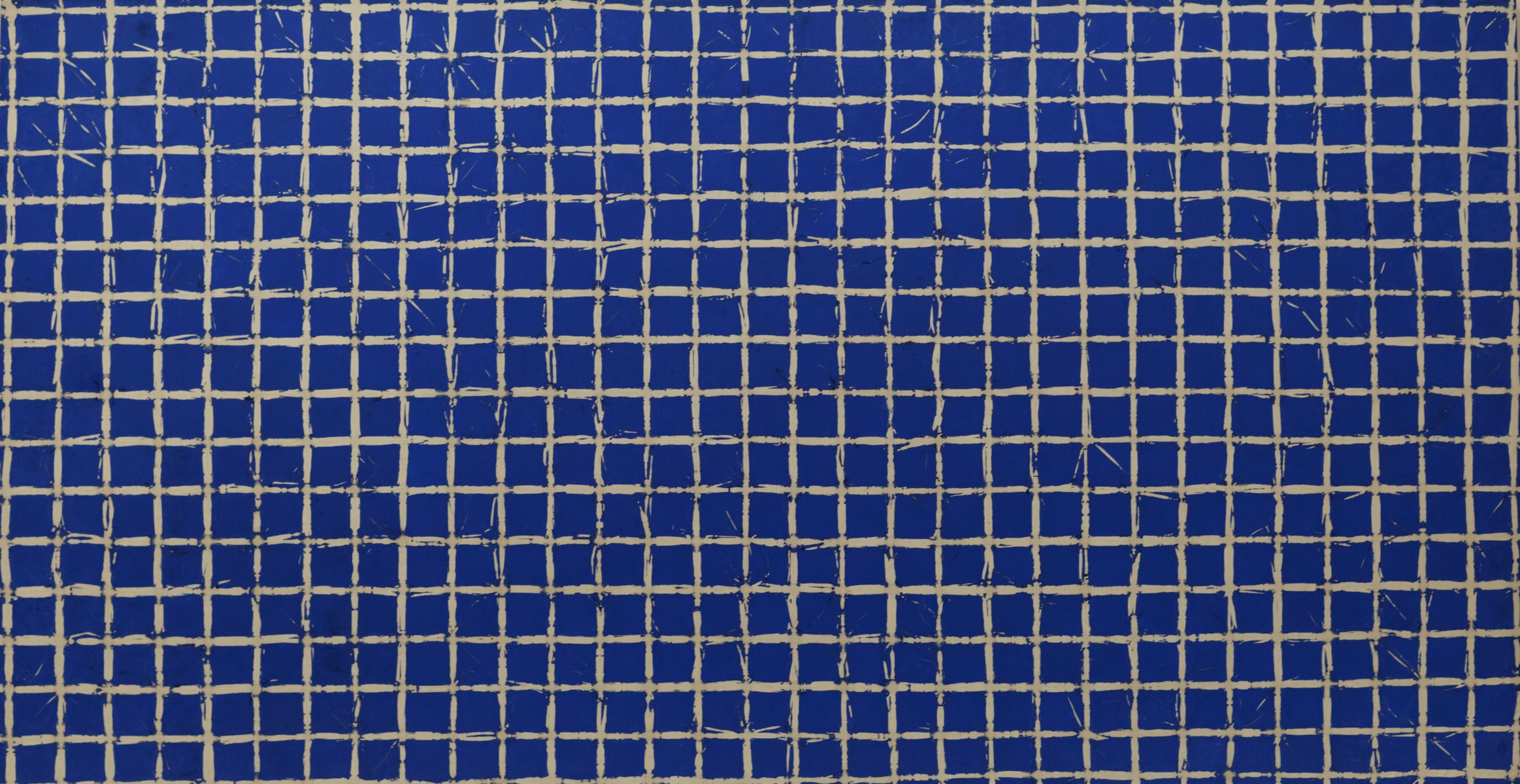
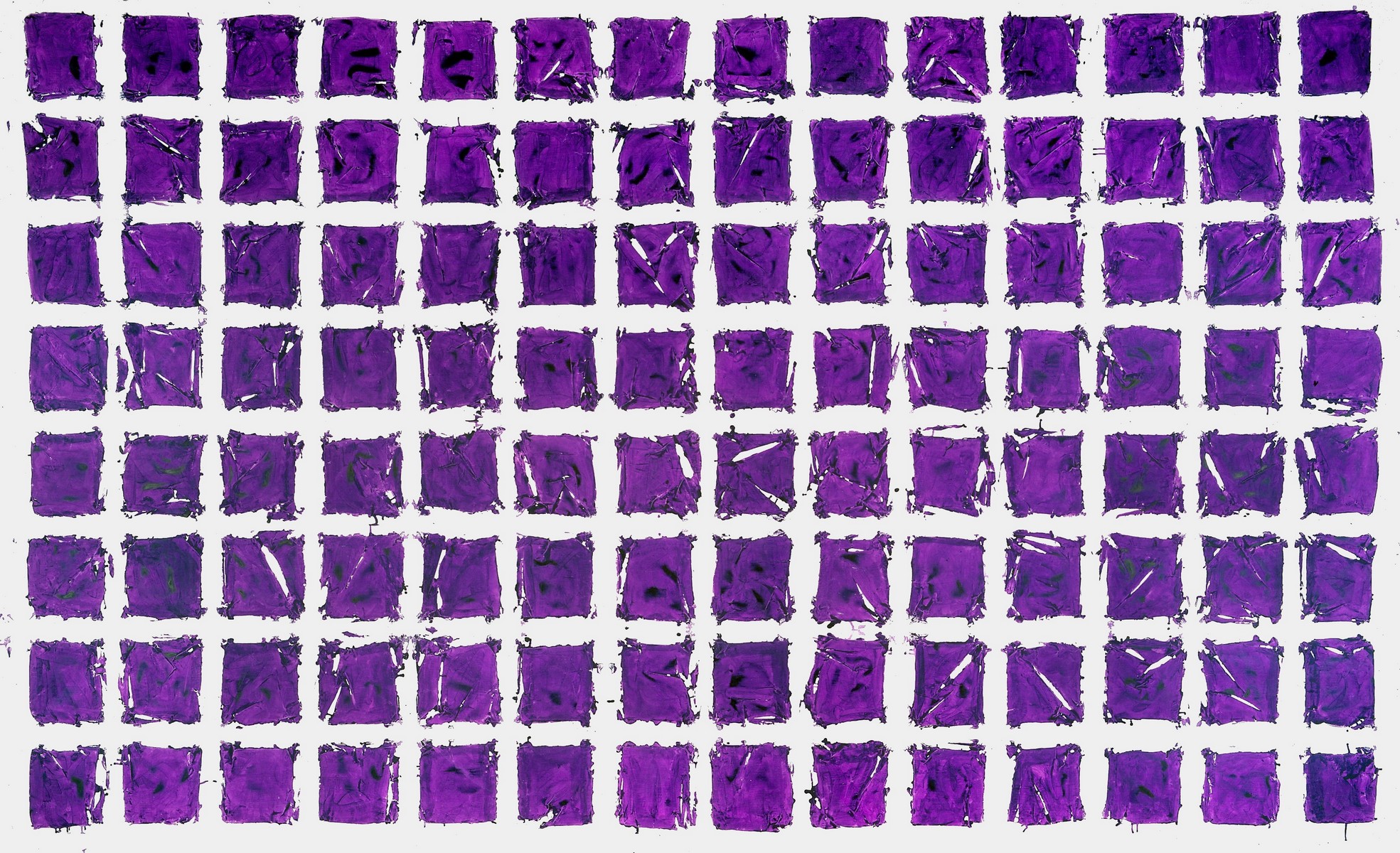
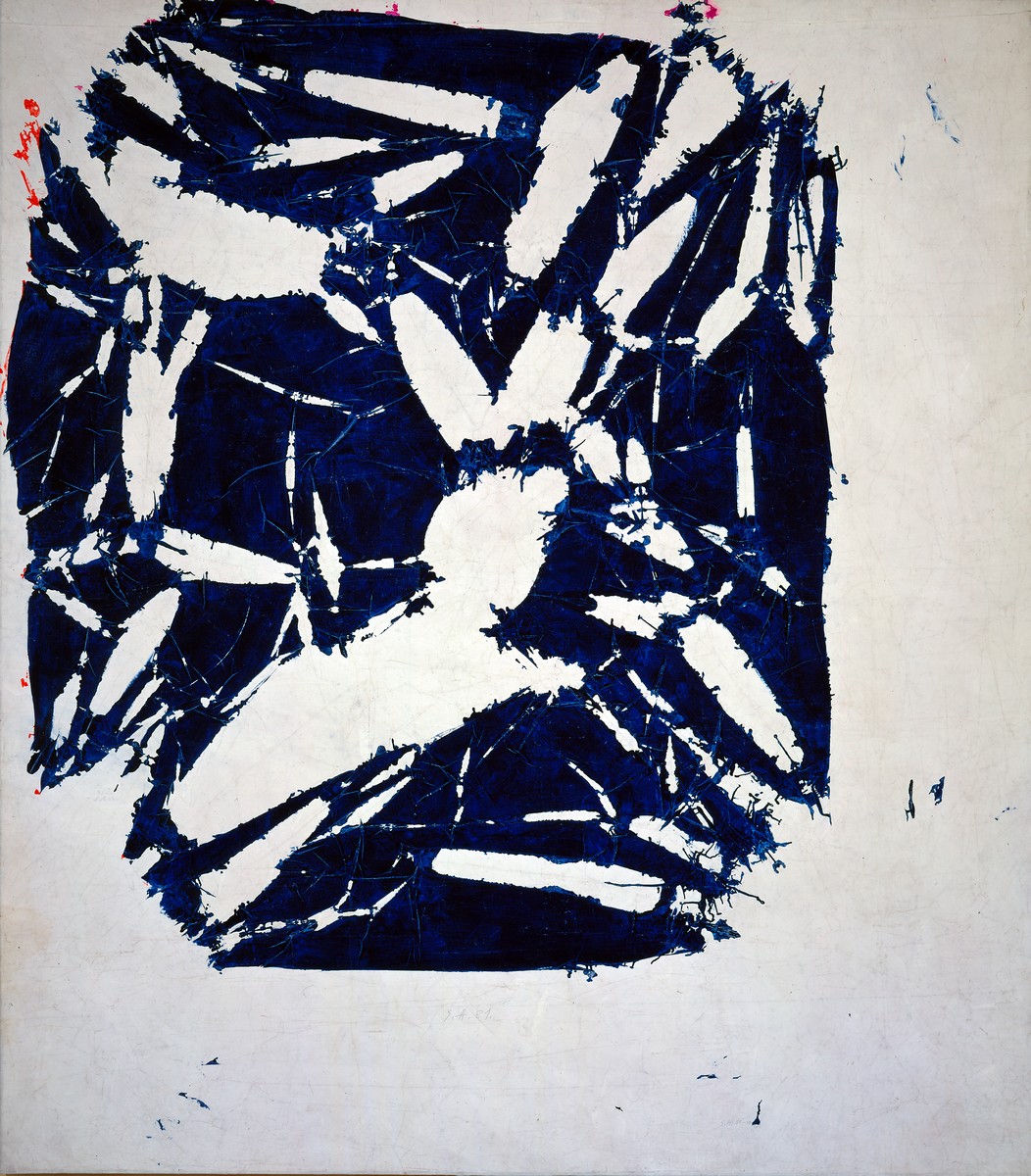








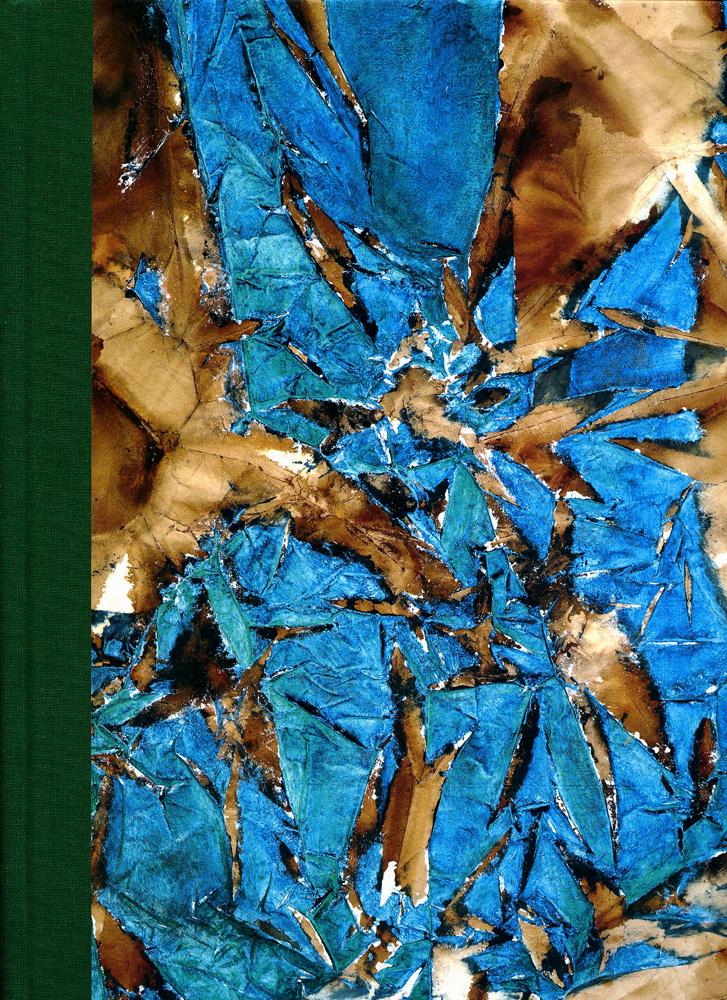




Disconnected
Bishop, Hantai, Marioni
Nov 6, 2014 - Jul 31, 2015